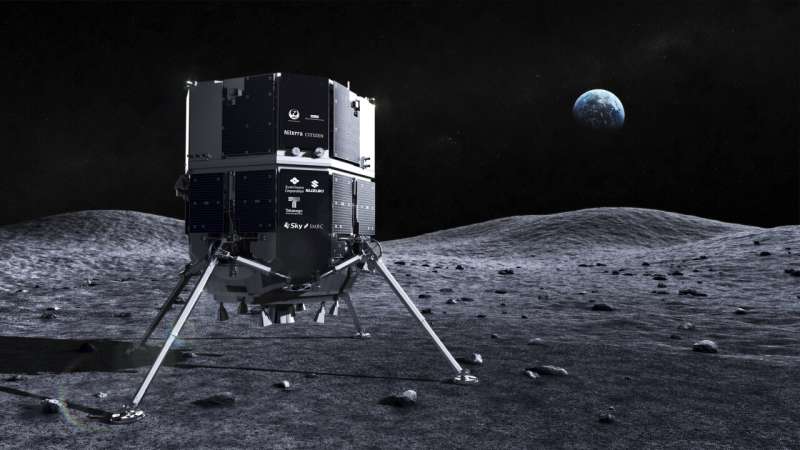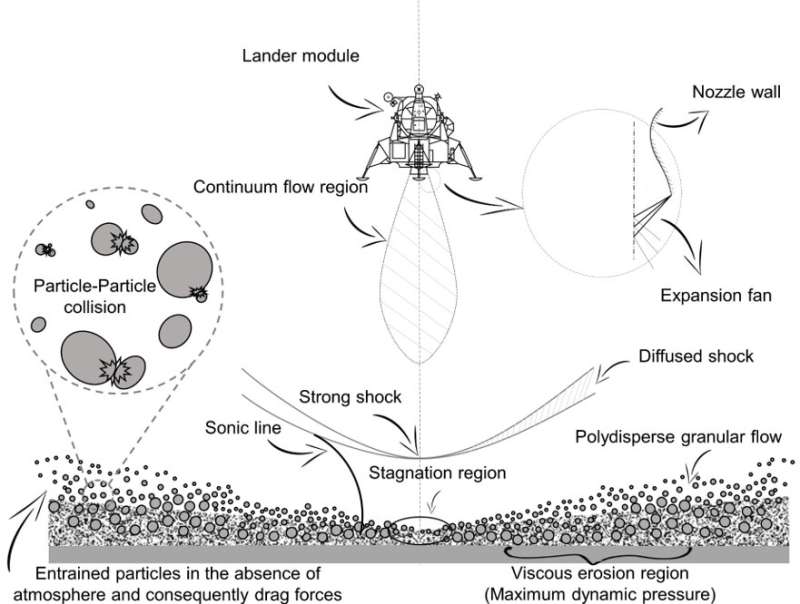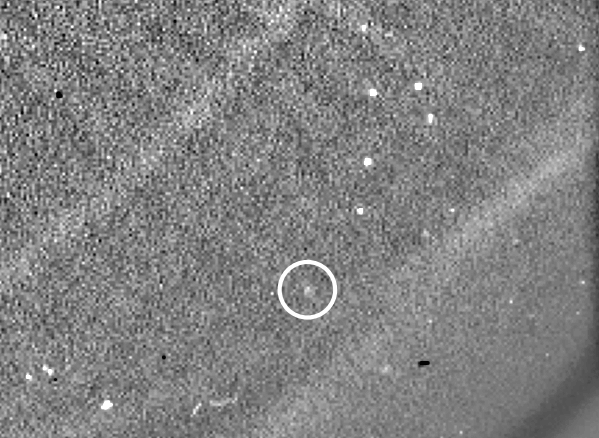
Copernical Team
Norway irked over Swedish rocket crash on its turf

The Norwegian foreign ministry expressed irritation Tuesday with Sweden for not immediately informing it of a research rocket that crashed in Norway, in a rare spat between the two neighbours.
The rocket, which was launched early Monday from the Esrange Space Centre in Kiruna, northern Sweden, plunged into a mountainside in the Malselv municipality in Norway's far north, about 10 kilometres (six miles) from the closest inhabited area.
No one was injured and no material damage was reported.
"The crash of a rocket like this is a very serious incident that can cause serious damage," the foreign ministry in Oslo said.
"When such a border violation occurs, it is crucial that those responsible immediately inform the relevant Norwegian authorities through the proper channels," it said.
The rocket was carrying out experiments in zero gravity at an altitude of 250 kilometres.
"The rocket took a slightly longer and more westerly trajectory than calculated and landed after a completed flight 15 kilometres (9.3 miles) into Norway," the Swedish Space Corporation said in a statement on Monday.
"Work on retrieving the payload is underway," it added.
Tokyo company aims to be 1st business to put lander on moon

A Japanese company is about to attempt what no other private business has done: land on the moon.
Tokyo's ispace company put its own spacecraft into orbit around the moon a month ago.
Using a computational model to study how to land on a planet safely

When a lander descends toward the moon—or a rocky planet, asteroid, or comet—the exhaust plume of the rocket interacts with the surface, causing erosion and kicking up regolith particles. The resulting blanket of dusty debris can create a dangerous brownout effect, limiting visibility and potentially damaging the spacecraft or nearby equipment.
In the journal Physics of Fluids,, researchers from Chungnam National University, the University of Edinburgh, Gyeongsang National University, and the Korea Institute of Science and Technology Information developed a model to describe the interaction between a rocket plume and the surface of a planetary body in near-vacuum conditions.
The future of gravity is MAGIC

The latest European State of the Climate report states that, last year, Europe suffered its hottest summer on record. The heat and a persistent lack of rain caused drought which, at its peak, affected much of the continent. This not only illustrates the reality of climate change, but also how precarious our supply of freshwater can be, even in western Europe where the climate is relatively moderate.
By delivering frequent and accurate gravity measurements, a new space mission called MAGIC, a cooperation between ESA and NASA, will help make the important task of managing our
SOHO chases asteroid's tail

The ESA/NASA SOHO observatory has overturned 14 years of thinking about the strange Sun-skirting ‘rock comet’ known as Phaethon that could reopen the mystery of how the Geminid meteor shower was born.
Viper and T-Rex on double rocket launch

Not one, but two rocket launches with ESA-led experiments are flying to the edge of space just a week apart, providing unique data to researchers eager to learn more about fundamental physics, semiconductor production, the formation of planets and how our immune cells react to spaceflight.
Aerojet Rocketdyne to provide propulsion for three additional Orion spacecraft
 Aerojet Rocketdyne recently received a $67 million contract award from Lockheed Martin to provide propulsion systems for the Orion spacecraft that are planned to launch on Artemis missions VI-V3. This new work is an extension of the 2019 Orion Production and Operations Contract (OPOC). The Orion spacecraft recently completed a successful test flight during NASA's Artemis I mission, proving it is
Aerojet Rocketdyne recently received a $67 million contract award from Lockheed Martin to provide propulsion systems for the Orion spacecraft that are planned to launch on Artemis missions VI-V3. This new work is an extension of the 2019 Orion Production and Operations Contract (OPOC). The Orion spacecraft recently completed a successful test flight during NASA's Artemis I mission, proving it is Viasat confirms ViaSat-3 Americas set to launch
 Viasat Inc. (NASDAQ: VSAT), a global communications company, has confirmed the scheduled launch date for the ViaSat-3 Americas satellite is April 18, 2023 during an approximately one-hour long launch window opening at 7:29pm EDT. The ViaSat-3 satellite will launch aboard a SpaceX Falcon Heavy from Launch Complex 39A (LC-39A) at NASA's Kennedy Space Center in Florida.
The satellite will be
Viasat Inc. (NASDAQ: VSAT), a global communications company, has confirmed the scheduled launch date for the ViaSat-3 Americas satellite is April 18, 2023 during an approximately one-hour long launch window opening at 7:29pm EDT. The ViaSat-3 satellite will launch aboard a SpaceX Falcon Heavy from Launch Complex 39A (LC-39A) at NASA's Kennedy Space Center in Florida.
The satellite will be Transforming nature conservation with the power of satellite imagery
 Satellite imagery is changing conservation as we know it. By being able to take an inventory of the Earth's surface and observe changes, we can begin to understand ecosystem dynamics in an unprecedented level of detail. Satellite imagery is already supplementing traditional conservation research methods, and in some cases is even replacing them. High-quality satellite images can be used to rapid
Satellite imagery is changing conservation as we know it. By being able to take an inventory of the Earth's surface and observe changes, we can begin to understand ecosystem dynamics in an unprecedented level of detail. Satellite imagery is already supplementing traditional conservation research methods, and in some cases is even replacing them. High-quality satellite images can be used to rapid Tracking changes to water, ecosystems, land surface
 Merging data from multiple satellites, OPERA can help government agencies, disaster responders, and the public access data about natural and human impacts to the land.
Where are flood waters flowing after major storms? Where are the changes in tree and plant cover after droughts, wildfires, deforestation, or mining? How much did the land move during an earthquake or volcanic eruption? Scie
Merging data from multiple satellites, OPERA can help government agencies, disaster responders, and the public access data about natural and human impacts to the land.
Where are flood waters flowing after major storms? Where are the changes in tree and plant cover after droughts, wildfires, deforestation, or mining? How much did the land move during an earthquake or volcanic eruption? Scie 